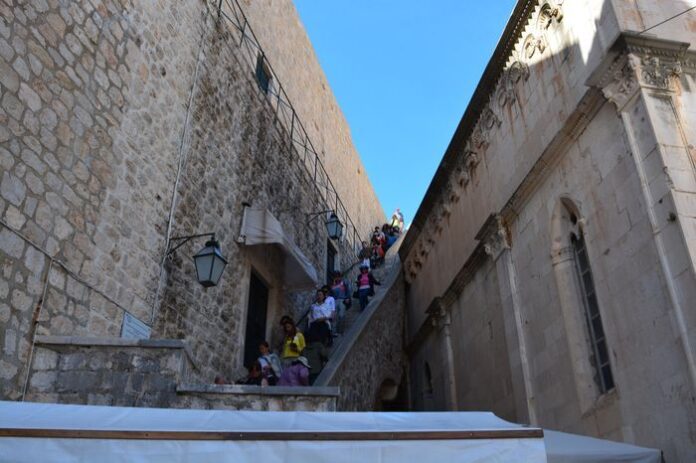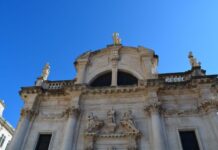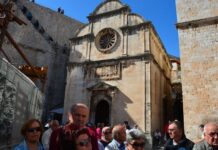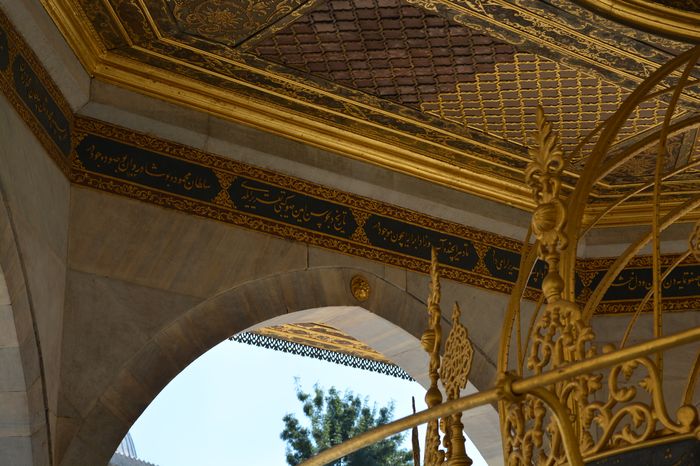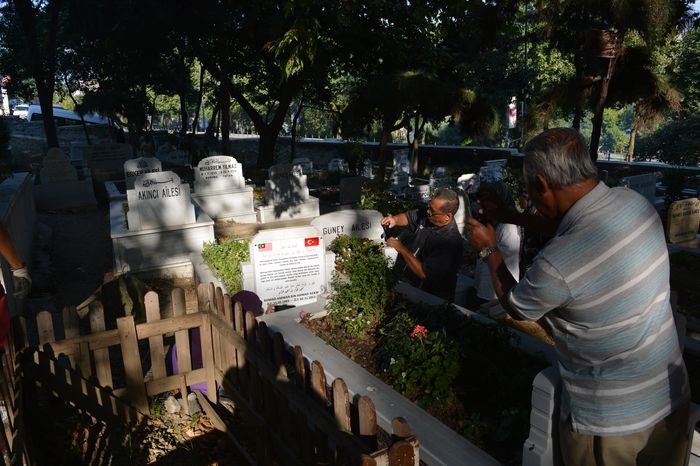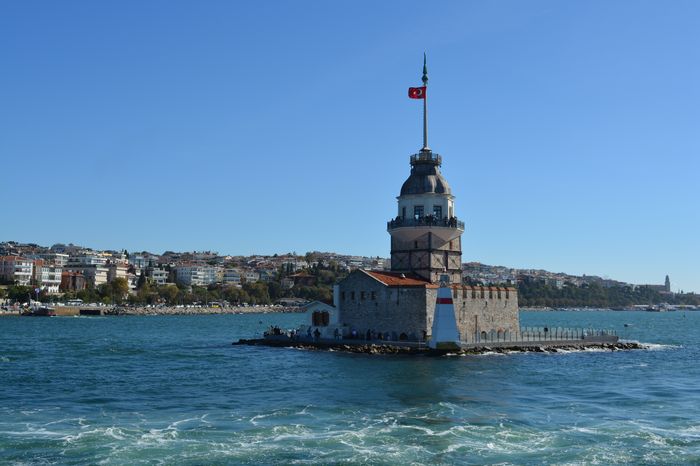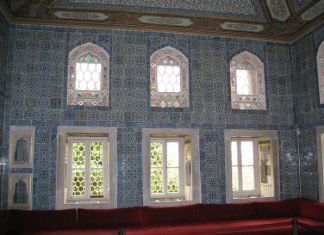The city of Constantinople had three main streets that served as the major communication routes across the city. These streets were designed to help people travel quickly and easily, while also connecting the most important parts of the capital Theodosian Walls.
1. The Southern Coastal Road
The first main street began at the southwestern edge of the Imperial Palace. From there, it ran along the Sea of Marmara toward the Church of St. Emilianus, located near the southern end of the city’s land walls.
This street also passed by the Harbour of Eleutherius, an important port that stood where Vlanga Bostan is today (in modern Istanbul). This harbor provided Constantinople with a safe docking area on the southern coast, something the city’s natural shape didn’t offer Sofia Sightseeing Tour.
2. The Eastern and Northern Coastal Route
The second street began at the southeastern end of the palace grounds, near the area known as the Tzykanisterion (a place where chariot games were held). From there, it traveled along the eastern shoreline, passing by ancient theatres and amphitheatres from old Byzantium.
Close to the amphitheatre, Emperor Constantine built the Mangana, a military arsenal. The street then turned westward, following the coast of the Golden Horn, and passed many important landmarks such as:
The Temples of Zeus and Poseidon
The Stadium
The Strategion (an administrative and public square)
Several of the city’s main harbours
Finally, it reached the Church of St. Antony, located in the Harmatius district
At the Strategion, there was an equestrian statue of Constantine and a pillar with an imperial decree. This decree officially gave the city the name “New Rome” and granted it the same rights as ancient Rome.
3. The Central Road – The Mese
The third and most important street started at the main gate of the Imperial Palace. It passed through the Augustaion square and continued to the Forum of Constantine.
When it reached the Third Hill, it split into two branches:
One led to the Golden Gate (Porta Aurea) and the Exokionion district
The other led to the Church of the Holy Apostles and the Gate of the Polyandrion
This main road was called the Mese, which means “Middle Street” in Greek, because it ran through the heart of the city.
Beautiful Porticoes and Sculptures
To make the city even more attractive, a Roman senator named Eubulus—who came with Constantine from Rome—built porticoes (covered walkways) along these three streets. The Mese had porticoes on both sides, while the other two streets had them on one side.
The porticoes between the Augustaion and the Forum of Constantine were especially beautiful. Above these walkways were terraces decorated with statues and gardens, offering amazing views of the city, hills, and seas.
A City of Art, Nature, and Order
The streets of Constantinople were not only practical, they were also designed to impress. With their wide lanes, marble columns, shaded walkways, and statues, they combined the order of Roman engineering with the beauty of art and nature. These roads helped make Constantinople one of the most elegant and efficient cities of the ancient world.
